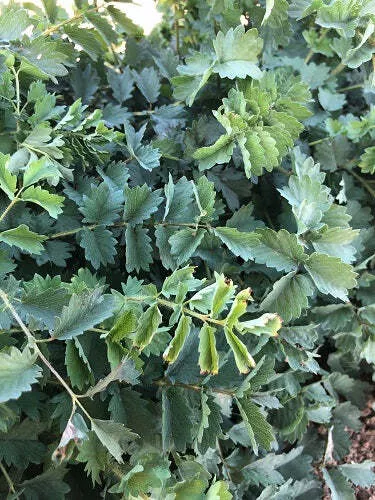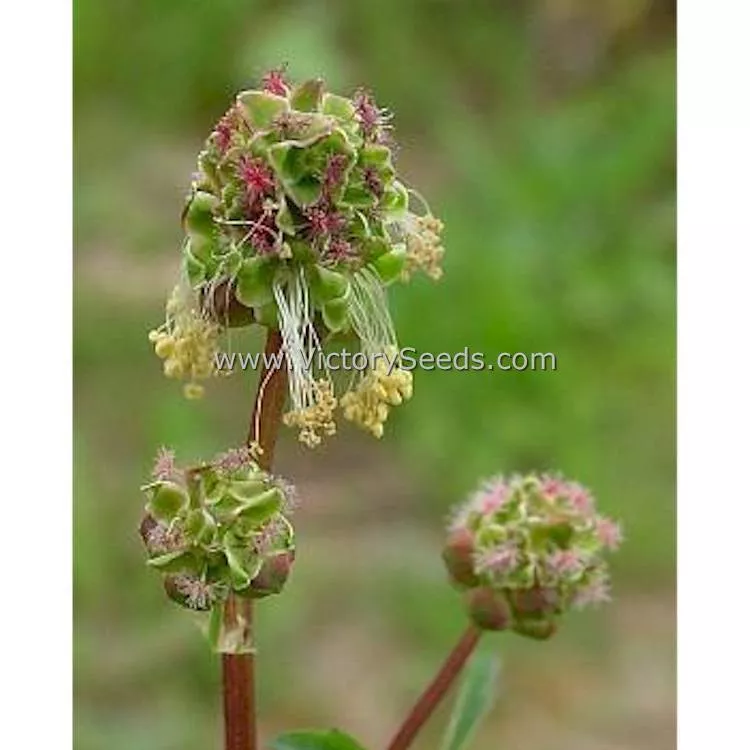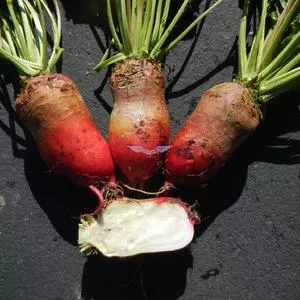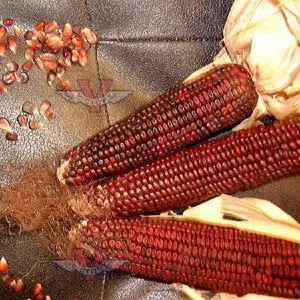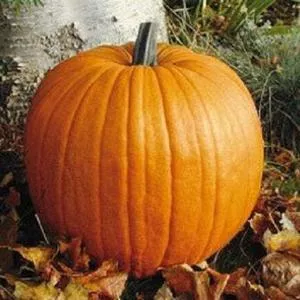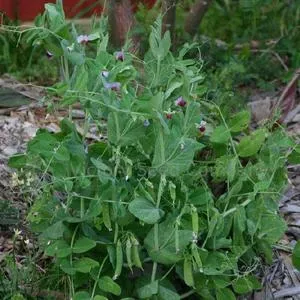

Salad Burnet
Price: $3.45
SKU: 4000561Because of its long and extensive history of use, it was one of the earliest plants brought to North America, where it has become naturalized and often found in dry meadows and along roadways. It was once commonly sown as a pasture fodder plant and found in nearly every herb garden.
Because of its pleasant, slightly cucumbery flavor, it is used as an ingredient in both salad dressings and green salads. It is also considered by some as being a good replacement for mint leaves in some recipes. Since the leaves do tend to get strong flavored or bitter with age, harvest young, tender leaves for table use.
As mentioned previously, 'Salad Burnet' was brought to America with the earliest colonists. Thomas Jefferson, even while busy in the midst of a revolution, found time to sow his Burnet seeds on March 13, 1778. It must have been a favorite of his as he mentions it several times in his garden journal.
The plants reach fifteen to thirty inches in height, are drought tolerant, and tend to grow all year round as weather permits. 'Salad Burnet' spreads by rhizomes, as well as by self-sowing, under favorable conditions. However, unwanted seedlings are easily controlled and the mature plants tend to clump and stay relatively contained.
A perennial in USDA zones 4 to 8.
Since ancient times, 'Salad Burnet' was used interchangeably with 'Medicinal Burnet' (Sanguisorba officinalis). It was historically used for its astringent properties or made into a tea and used to treat diarrhea. As a medicinal, harvest leaves at their peak of potency, generally mid to late summer, and dry for use. Roots should be harvested and dried in the fall.
- "A Modern Herbal," Mrs. M. Grieve, 1931, p. 145-147.
Customer Reviews:
By S Fox (Central Pennsylvania) on December 10, 2024
The seeds germinated quickly and the little plants grew and then the aphids ate the plants. I did get a couple of sprigs off of the plants while they were small and was waiting for larger plants when the aphids hit. The plants were nice healthy plants and I have some seed left to try again this coming spring. I loved the taste of the leaves and I know they would be great in my salads.

